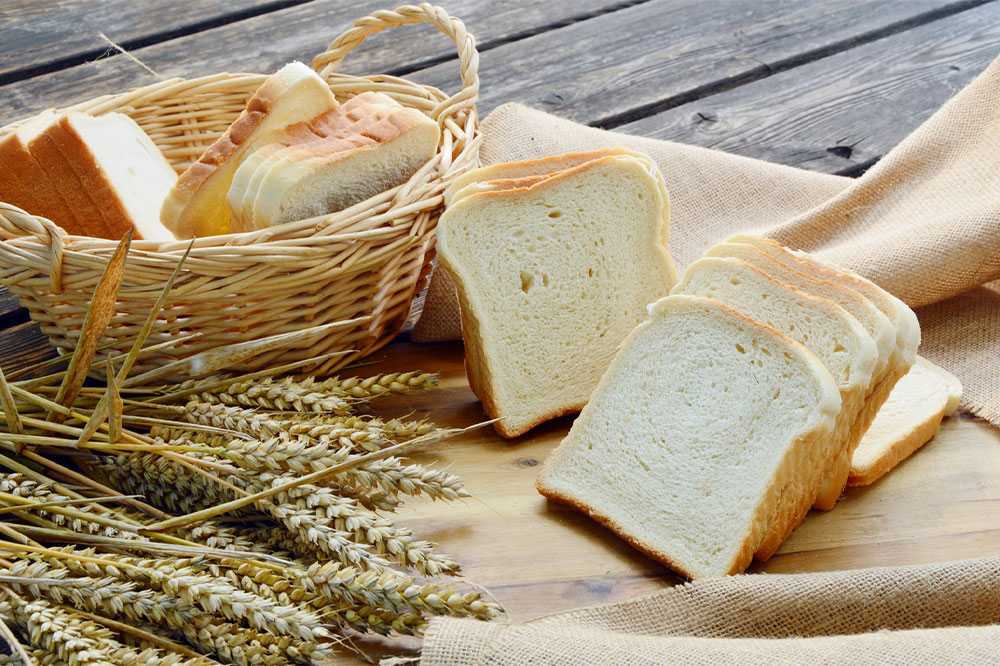6 foods to avoid to manage diabetes

Food plays an important role in managing diabetes. According to several studies, the most severe and chronic diabetes cases and complications triggered by the condition are caused by the excessive consumption of unhealthy foods. These can increase insulin resistance and heighten blood sugar levels in the body. It is, therefore, important to learn about the foods that can worsen the condition. Here are some of the foods that those with diabetes should avoid.
Flavored coffee drinks
Flavored coffee drinks, unlike regular coffee, are loaded with sugar, carbohydrates, and calories, all of which may lead to an increase in weight and spikes in blood sugar levels. Such complications will eventually lead to a severe form of diabetes and other health conditions, like high blood pressure and cholesterol.
Margarine
Margarine is used as a healthy alternative to butter because it is low in saturated fats. However, the food contains high levels of trans fats. These fats may trigger inflammation, increase insulin resistance, and reduce the healthy cholesterol levels in the body.
White bread
White bread is a processed food that is rich in carbohydrates. Studies indicate that foods high in carbohydrates may raise blood sugar levels in those with type 1 and type 2 diabetes. They may also affect brain function, especially in those with type 2 diabetes and mental health issues.
Sugary drinks
Drinks like sodas, sweetened ice tea, and lemonade are extremely high in carbohydrates. These drinks also contain excessive fructose levels. These can influence the body to resist insulin and worsen diabetes.
Fruit-flavored yogurt
While plain yogurt is suitable for those with diabetes, fruit-flavored yogurt has the opposite effect. Such yogurt is derived from nonfat or low-fat milk with high concentrations of sugar and carbohydrates. So as delicious as fruit-flavored yogurt may taste, one must steer clear of the food to avoid unnecessary spikes in blood sugar and insulin.
Dried fruits
Dried fruits, including raisins, prunes, dates, offer several health benefits. Unfortunately, these fruits must be sliced out of meals if one has diabetes. That’s because when the fruit is dried, it loses its water content. The loss of water makes its sugar and nutrient content more concentrated. Therefore, if a person with diabetes eats such dried fruits, they may notice spikes in their blood sugar levels.


